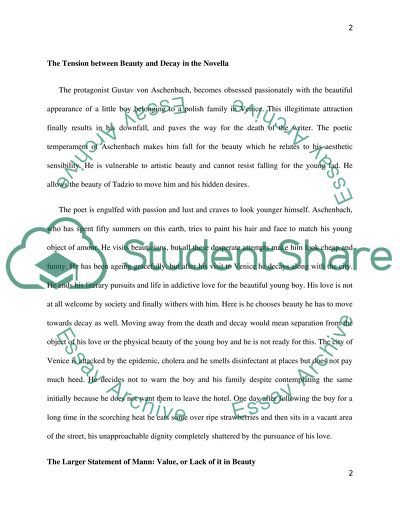Cite this document
(“Death in Venice by Thomas Mann's Essay Example | Topics and Well Written Essays - 1750 words”, n.d.)
Retrieved from https://studentshare.org/literature/1430052-death-in-venice-by-thomas-mann-s
Retrieved from https://studentshare.org/literature/1430052-death-in-venice-by-thomas-mann-s
(Death in Venice by Thomas Mann'S Essay Example | Topics and Well Written Essays - 1750 Words)
https://studentshare.org/literature/1430052-death-in-venice-by-thomas-mann-s.
https://studentshare.org/literature/1430052-death-in-venice-by-thomas-mann-s.
“Death in Venice by Thomas Mann'S Essay Example | Topics and Well Written Essays - 1750 Words”, n.d. https://studentshare.org/literature/1430052-death-in-venice-by-thomas-mann-s.


